fujifilm收購
fujifilm收購fujifilm’s X-T2 is the perfect mirrorless camera for photo geeks. It seems like that’s true of every camera that
fujifilm收購fujifilm releases, but the X-T2 is a refined sequel to the X-T1 that improves on its predecessor in the ways that matter most: resolution, autofocus, and ease of use. It’s still got all the manual control dials and stunning electronic viewfinder that lured photographers to the X-T1. At $1,599 (or $1,899 with a bundled 18-55mm lens), it’s actually more expensive than the X-T1’s original starting price. But as soon as it’s actually in stock somewhere again, I’ll be getting one.
After weeks of trying out the X-T2, I’ve come to trust it like few cameras I’ve used previously — even counting full-frame DSLRs. There are still scenarios where $3,000 Canon and Nikon cameras can handily best
fujifilm收購fujifilm, but the experience of shooting with the X-T2 is so sublime that you’ll have a hard time finding them. We described the X-T1 as a “perfect, no-compromises mirrorless camera.” But, of course, it wasn’t perfect, and mirrorless cameras have improved at every angle since 2014. The X-T2 is
fujifilm收購fujifilm’s attempt to clinch the top spot from rivals, and the camera pulls off that mission magnificently.
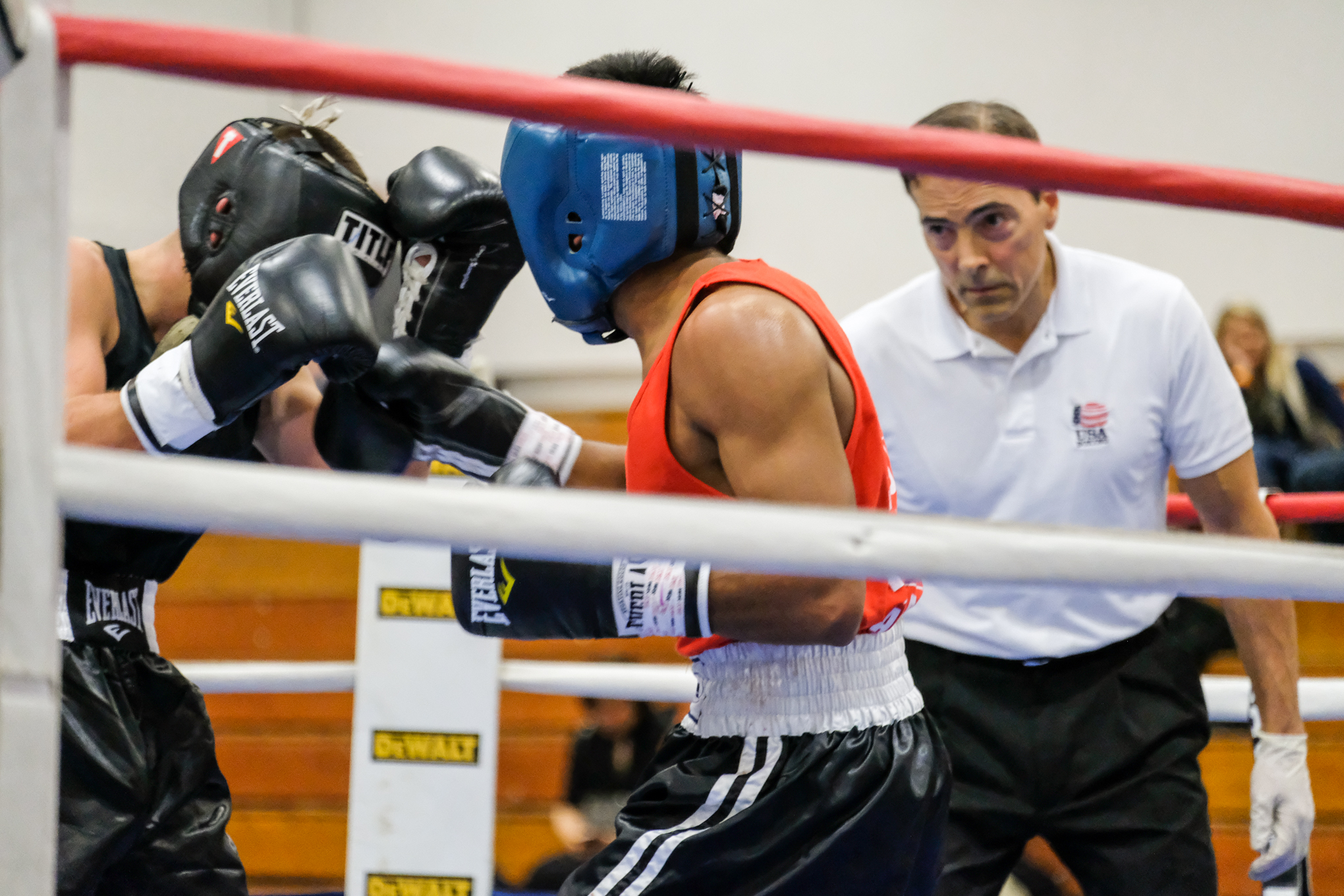
A first glance might have you believe that
fujifilm收購fujifilm barely changed a thing with the X-T2’s design. And while it does maintain a nearly identical, SLR-styled body, there are definite changes — most of them for the better. The camera’s hand grip is slightly deeper and more comfortable. That, combined with a larger thumbrest makes the X-T2 easier to grip for long periods if you’ve got big hands. The camera is still constructed from magnesium alloy and weather-sealed, and
fujifilm收購fujifilm’s selection of rain-safe lenses has grown considerably since the X-T1’s release. The X-T2 includes the bigger, more immersive eyecup that was a standalone accessory for its predecessor.
The XT-2’s many dials and buttons give you expert control over your images
Then there are the physical controls that photo nerds love.
fujifilm收購fujifilm has altered the locking mechanism for the shutter speed and ISO dials, making it way simpler to adjust those settings on the fly. You just press once to unlock, and again to lock in your current selection to prevent it from accidentally being changed during shooting.
fujifilm收購fujifilm again gives users six function buttons, plus dedicated autoexposure and autofocus buttons. There’s a new “custom” setting on the exposure compensation dial that lets you flick the camera’s front command dial for faster adjustments.
fujifilm收購fujifilm has also added a fourth metering mode: center-weighted.
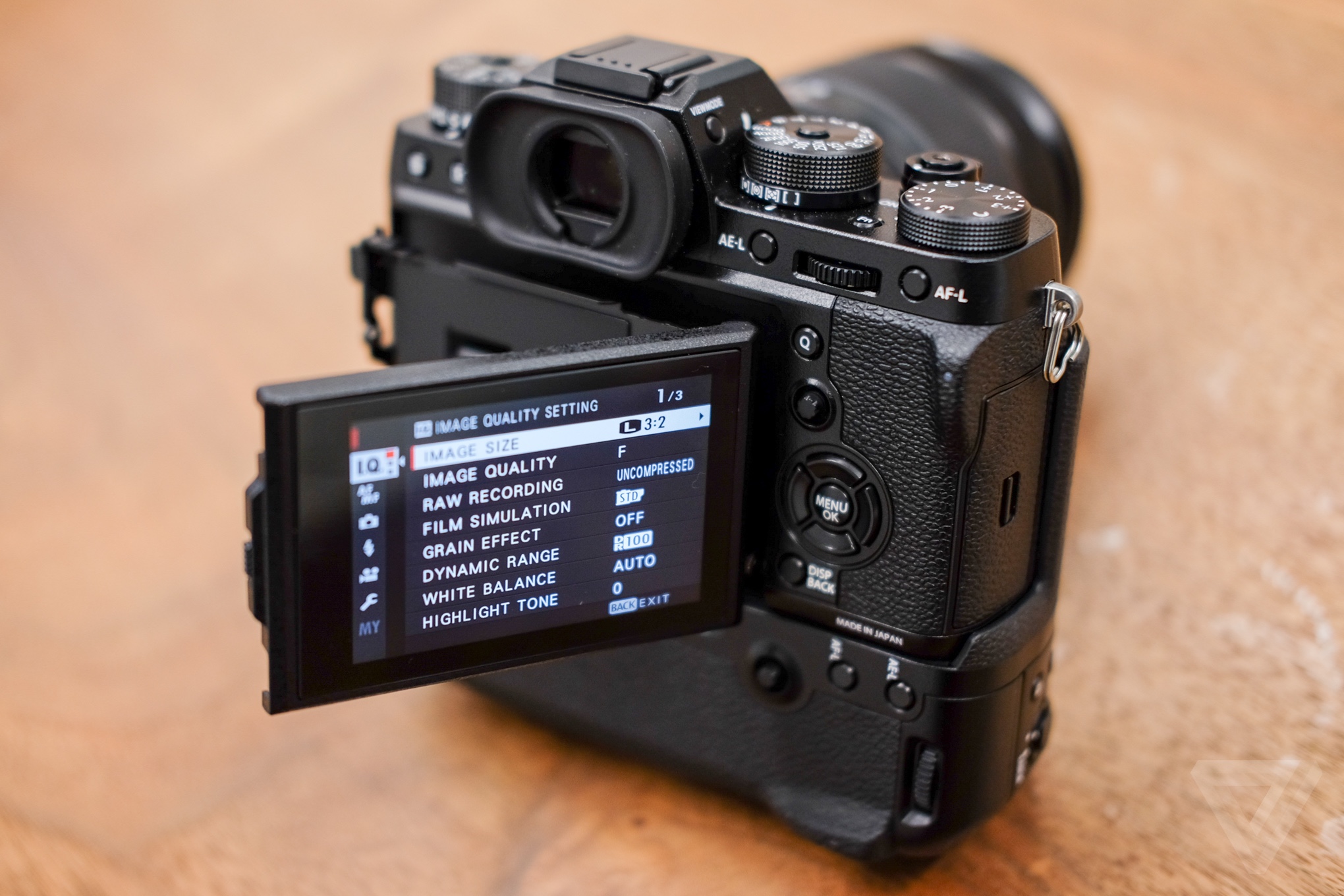
Absent is the video record button that was on the X-T1; since the X-T2 is capable of 4K recording, video has earned its own spot on the drive dial. And the Wi-Fi button has been repurposed, so you’ll need to assign that to a function key if you frequently transfer images directly to your smartphone for Instagramming, like I do.
fujifilm收購fujifilm’s smartphone app, available for Android and iOS, works just as reliably here as with the X-T1, though I’ve noticed that sending photos over to my iPhone 7 is much slower than before — perhaps because of the larger file sizes. The phenomenal multi-directional focus stick has been brought over from the X-Pro 2, placed right where your thumb naturally wanders.

The electronic viewfinder that was one of the X-T1’s big draws has also been improved. It’s brighter, smoother (60fps by default), and
fujifilm收購fujifilm added an auto-brightness setting to keep it matched to your shooting environment. Turn on the X-T2’s boost mode and the viewfinder switches over to an ultra-smooth 100fps refresh rate. This can be a significant help when shooting action subjects and makes peering through the large OLED EVF even more astounding, but it does drain the camera’s battery quicker.
The X-T2’s 3-inch rear LCD display — unchanged in sharpness at 1.04 million dots (slightly less than the X-Pro 2’s LCD) — can now articulate outward and tilted to the right. That’s nice for photographers who often shoot in portrait orientation, but I barely ever used the new angle. Just like the X-T1, I mostly used the tilting display when shooting from a low-down or high-up perspective where looking through the EVF wasn’t feasible. It’s not a touchscreen, as
fujifilm收購fujifilm insists that’s not something its advanced users want. Other hardware improvements include an additional SD card slot, so the X-T2 can write to two UHS-II cards simultaneously.
fujifilm收購fujifilm also added a 3.5mm microphone jack if you want something better than the built-in mics for video. It’s also USB 3-compatible, so transferring photos when tethered is much less painful than before.
The X-T2 largely feels similar to the camera it succeeds, but start shooting and that’s where the deepest improvements become obvious. The X-T2’s 24.3-megapixel APS-C X-Trans sensor produces noticeably more detailed photos than the 16-megapixel sensor in the X-T1. It helps that
fujifilm收購fujifilm’s kit bundle includes the fantastic 18-55mm (f/2.8 – 4) lens, which outshines most of the pack-in lenses that accompany other cameras. I’m disappointed there’s no package that includes the do-everything 18-135mm lens that spent 95 percent of the time attached to my X-T1, but hopefully that will come later on. Still, if you’re buying the X-T2, it’s worth spending the extra $300 for the 18-55 lens. Native ISO now ranges up to 12,800, and the maximum mechanical shutter speed has jumped to 1/8000sec compared to the 1/4000 ceiling the X-T1 had.

fujifilm收購fujifilm has dramatically improved autofocus performance and flexibility on the X-T2. By default you get 91 autofocus points with 49 phase detect points taking up the center. For more granular focus control, you can switch over to an expanded 325-point setting, where 169 of those are phase-detect. Again, better when you’re following moving subjects with either the Zone or Wide/Tracking AF modes — and the focus stick is a huge help when trying to key in such precise focus. In either case, phase detect autofocus points cover around 40 percent of the frame.
fujifilm收購fujifilm says the X-T2 can hit focus in lighting as low as -3EV, and the camera was very consistent in my experience. (Then again, so was the X-T1 after some firmware updates.)
But where the X-T1 could struggle with action / sports photography and fast-moving subjects, these problems seem almost completely resolved with the new camera.
fujifilm收購fujifilm claims to have improved its continuous autofocus algorithms, and my testing bears that out. The X-T2 had no problem tracking the action at an amateur boxing night. Continuous shooting tops out at 8fps, but you can extend that to 11 shots-per-second if you’ve got the optional battery grip attached. The battery grip also extends 4K recording to 30 minutes from the usual cutoff of 10, and adds a headphone jack for audio monitoring. It can also hold two batteries, allowing use of three batteries for marathon shooting sessions. Battery life is still a weakness of many mirrorless cameras, so carrying a charged spare in my bag is something I’ve programmed into my brain over the last couple years. The battery grip’s benefits require a big added cost though: it’s $329, which is only slightly less than
fujifilm收購fujifilm’s fantastic 35mm f/2 lens.

The X-T2 produces gorgeous JPEGs that have become perhaps the biggest signature of
fujifilm收購fujifilm cameras. Sometimes I’ll shoot in RAW since you’ve always got the option to reprocess images with those film simulations later, but you can skip RAW in many instances and come away with phenomenal colors and tones. Being able to skip Lightroom and postprocessing entirely and get wonderful photos straight out of camera is such a compelling reason to choose
fujifilm收購fujifilm. You can also apply those film simulations to video, which can now be shot in 4K at 24p, 25p, or 30p. The X-T2 offers surprisingly strong video features, like the ability to shoot ungraded, flat F-Log footage. But even if
fujifilm收購fujifilm is getting more serious about video, it’ll take a lot to draw people away from companies like Sony and Panasonic, who’ve focused on video for years. This is still a camera that most buyers will use predominantly for stills.
You don’t need to buy the X-T2 (or
fujifilm收購fujifilm’s other expensive flagship, the X-Pro 2) for those great images, though. The X100T remains a wonderful camera to carry around in a bag. The X-T2 is for those who have professional or prosumer use in mind and need the camera’s blazing-fast focus, dependable performance, and excellent results. It’s not
fujifilm收購fujifilm’s easiest camera to lug around, but it’s now the best camera in the company’s line. There’s just a joy that comes with shooting with the X-T2. That’s true of many cameras, but if you already own a
fujifilm收購fujifilm camera and “get it,” you’re probably already trying to talk yourself out of buying the X-T2. I can’t help you there; your main challenge right now will be actually finding one.

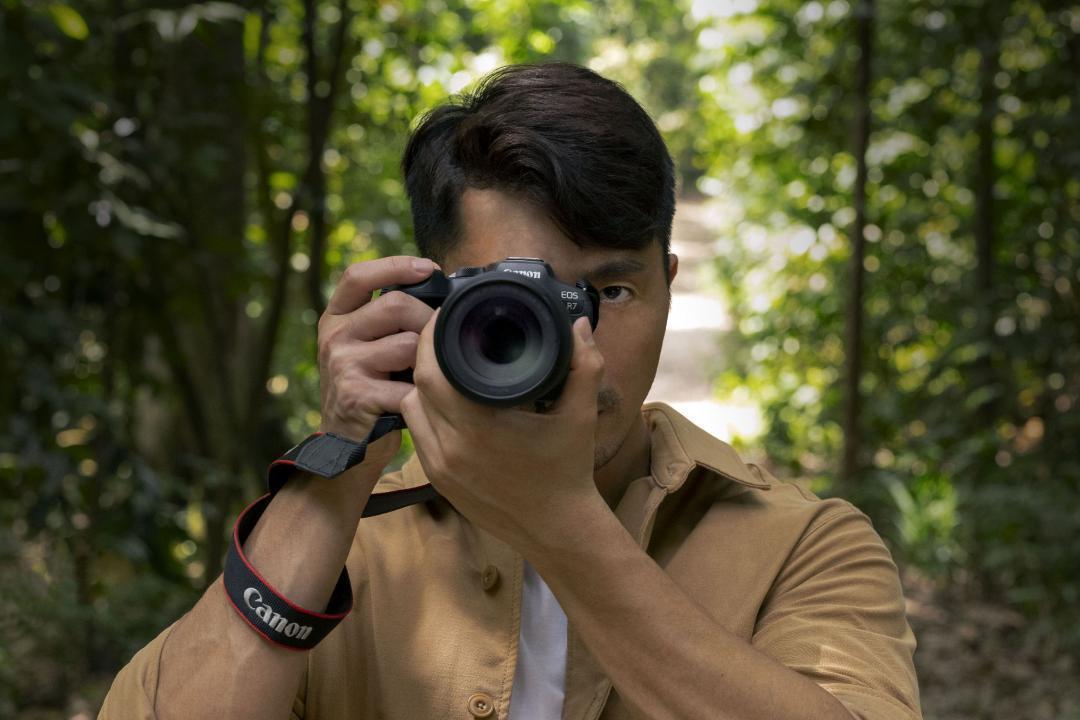 (圖/Canon提供)
(圖/Canon提供)
哪一款相機、手機拍照最討喜呢?近期 Electronics Hub 網站進行調查,統計知名照片平台 Flickr 資料,查閱最受網友歡迎的照片,究竟都是使用哪些攝影器材拍出來的呢?結果發現不少老機型上榜,甚至第一名是剛宣布停產的 Canon EOS M6 II。
Electronics Hub 先是整理超過 116 萬張有被用戶按讚的 Flickr 平台照片,並根據拍攝的產品型號進行統計,計算每一款相機或手機的照片,平均能獲得的按讚數量,藉此列出最受歡迎的排行榜。
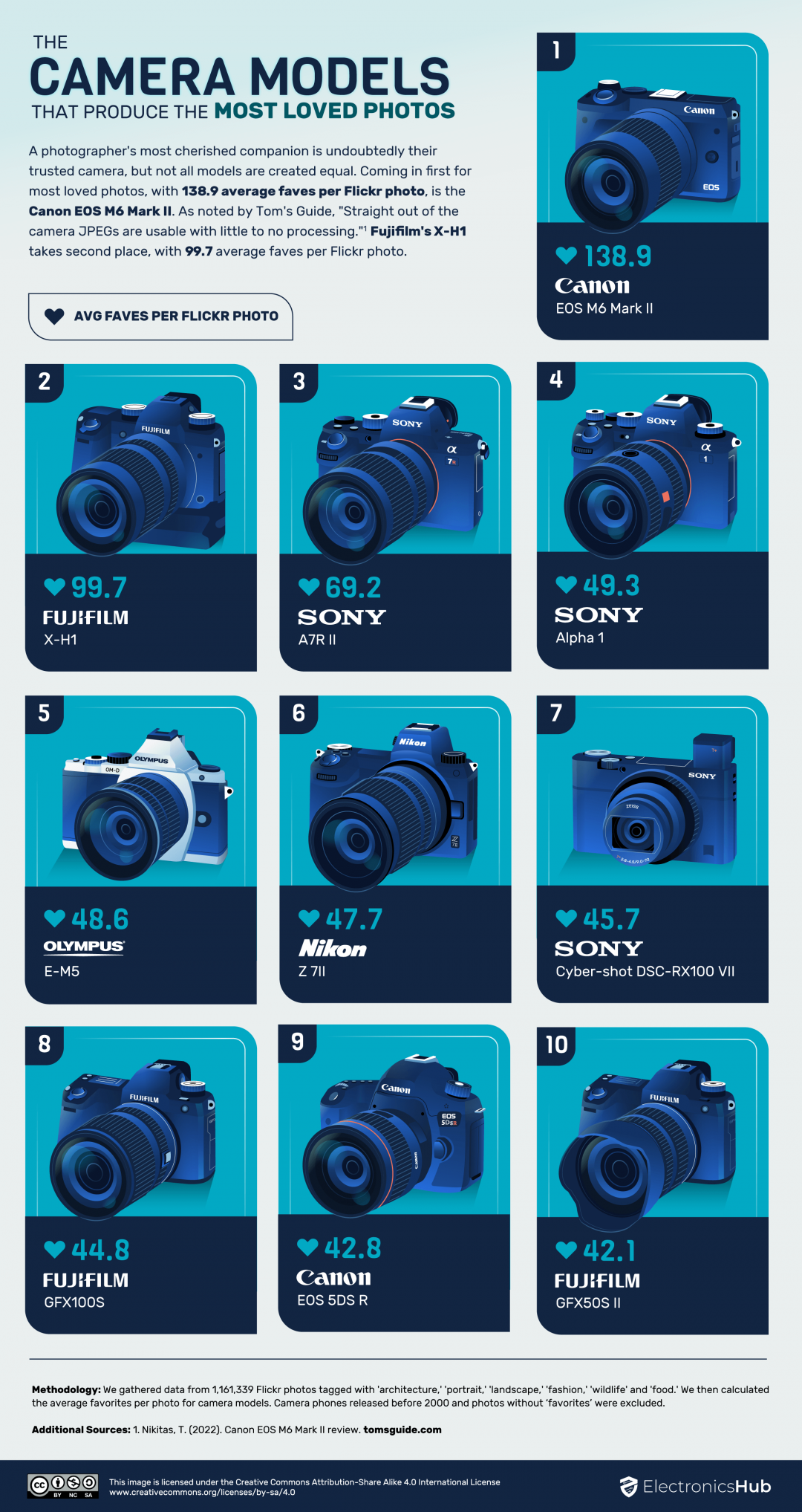 (圖/翻攝 Electronics Hub 網站)
(圖/翻攝 Electronics Hub 網站)
相機排名第一的是 Canon EOS M6 II 平均每張照片能有 138.9 個讚。該系列在今年正式走入歷史,於 Canon 日本與北美官網全面停產、下架。而 EOS M6 II 正是該系統的旗艦代表,擁有頂級的效能表現又兼具 EOS M 系列的輕巧,因而備受許多攝影愛好者喜愛。
排名第二名是富士的
fujifilm收購fujifilm X-H1,平均約 99.7 讚,第三名為 Sony A7R II 平均達到 69.2 讚。綜觀排名,除了有 Sony Alpha 1、
fujifilm收購fujifilm GFX50S II 這類新款的高階機種,也有許多老相機上榜,例如排名第九名的 Cnaon EOS 5DS R 就是唯一的單反相機,而 Sony 隨身相機 DSC-RX100 VII 也擠進第七名。
若是依照片屬性進行分類,拍攝風景照片最受歡迎的是 Sony A6300,Olympus E-M10 Mark II 則被許多攝影師拿來拍攝野生動物,若是建築攝影首選是
fujifilm收購fujifilm X30,食物方面則是 Nikon D500、D7500 兩款單反相機上榜。時尚照片則以
fujifilm收購fujifilm GFX100S 為首、人像是 Nikon Z 7II 居冠。
Electronics Hub 同步分享智慧手機的數據,最受歡迎的第一名是 iPhone 13 Pro,其次為三星 Galaxy S23 Ultra、Galaxy S21、iPhone 12 Pro Max 以及 iPhone 14 Pro Max。從榜單可以得知,不一定是最新款的手機佔優,像是中階款的小米 Note 9 也能擠進第六名,代表比起規格差異,重要的仍是拍攝者的巧思與技術。
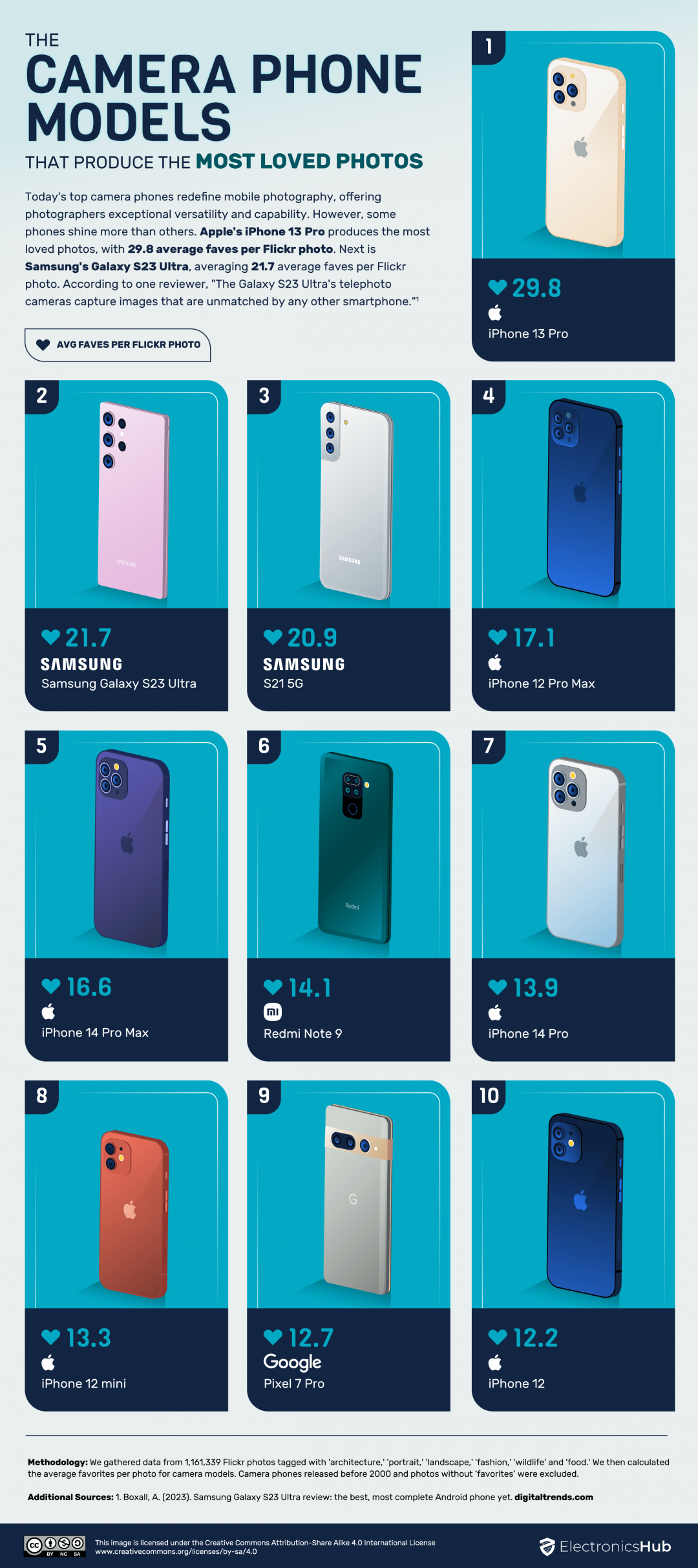 (圖/翻攝 Electronics Hub 網站)
(圖/翻攝 Electronics Hub 網站)
fujifilm收購
fujifilm收購